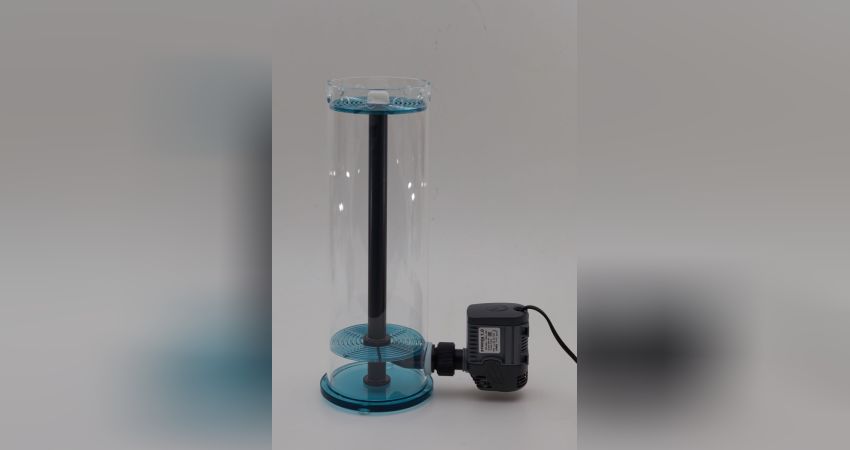How to create a marine aquarium-Part 12: Installing the carbon/adsorber filter

frisch im Filterbecken
At some point, everyone has to think about filtering with carbon or other adsorbers. It doesn't matter if it's a yellowish tint in the water, phosphate or nettle toxins in the corals. Here, too, opinions differ as to whether permanent or intermittent filtration is better. More in the article.
As we need a filter for adsorbers such as activated carbon or phosphate adsorbers anyway, the multifilter is now being put into operation. The market has a variety of filters on offer.
The adsorber material should prevent a heavy algae phase caused by the stones (e.g. silicate). Phos 0.04 from Faunamarin is used right at the beginning, which absorbs both phosphate and silicate.
Phos 0,04 Adsorber
The Phos 0.04 has the advantage, and as the name also says, that the phosphate value does not go lower than 0.04! We now know that a phosphate value of 0 causes the corals a lot of problems because they no longer get any food.
It seems important to use a phosphate value of 0.04 to prevent a drop to 0.
I also think it is important to mention that you should not simply put all the materials in a bag in the filter. If you do so, the material will cake too quickly and you will by no means exhaust the possible binding capacity of these materials. It is better that these materials are always slightly suspended. In our case this is 200 litres per hour. If you use more adsorbers, you should adjust the speed accordingly. This means, of course, that the pump used for such a filter should be adjustable. In this case, it is a Sicce pump that does 200 to 1000 litres.
.Multifilter von Fauna Marin
Installation des Multifilter
frisch im Filterbecken
Now for the installation, which is as easy as can be - Here's our video on it:
How do you like this article?
Info
Author

Bookmark
Comments
Topics
Similar articles
- 10 - Water, substrate and tank equipment
- How a marine aquarium is created-Part 3: The current
- 36 - Pests Part 1
- How a marine aquarium is created Part 1: The Aqua Medic Armatus 400 is supplied.
- 13 - Electrical safety
- How a saltwater aquarium is created- Part 10: Commissioning the Armatus 400
- 08 - Water movement and filtration
- 27 - Angelfish in a community aquarium?
- How a marine aquarium is created Part 45: The new Maxspect MJ-GF4k cross-flow pump
- 25 - Small polyp stony corals
Comments To the top
Please register
In order to be able to write something yourself, you must register in advance.






